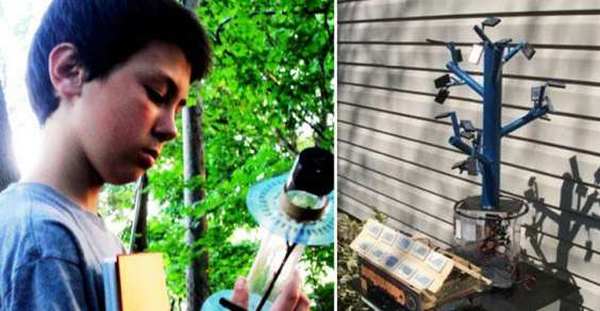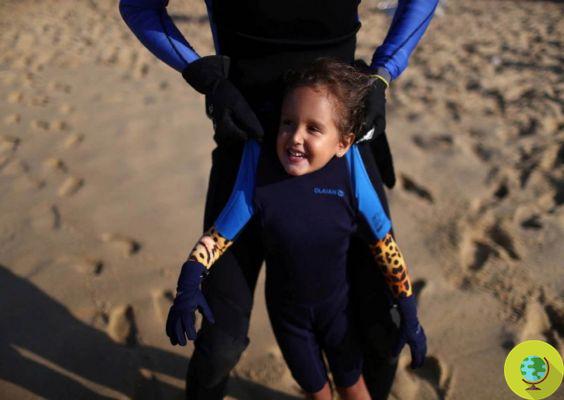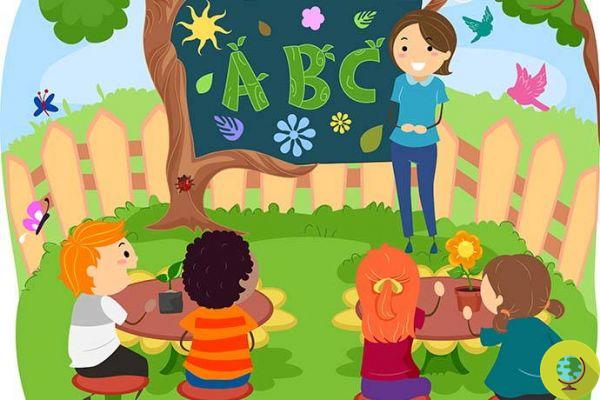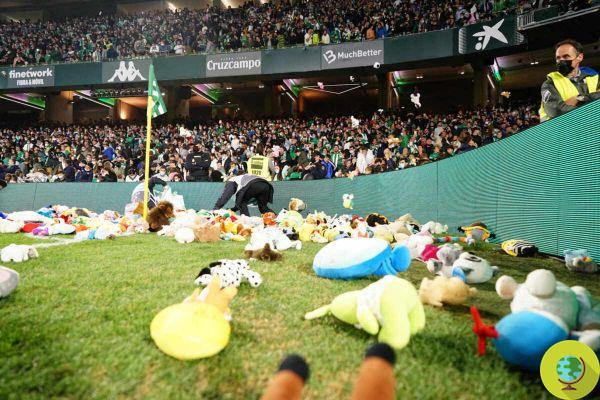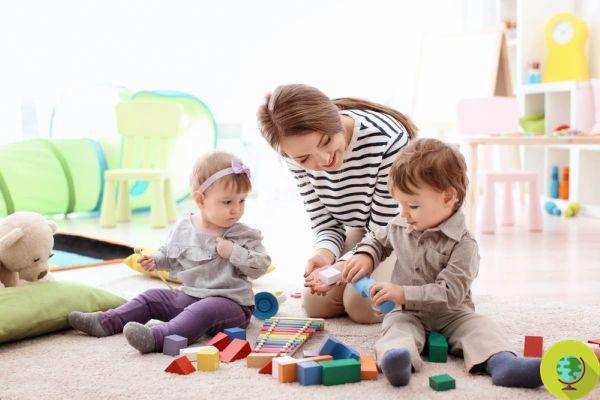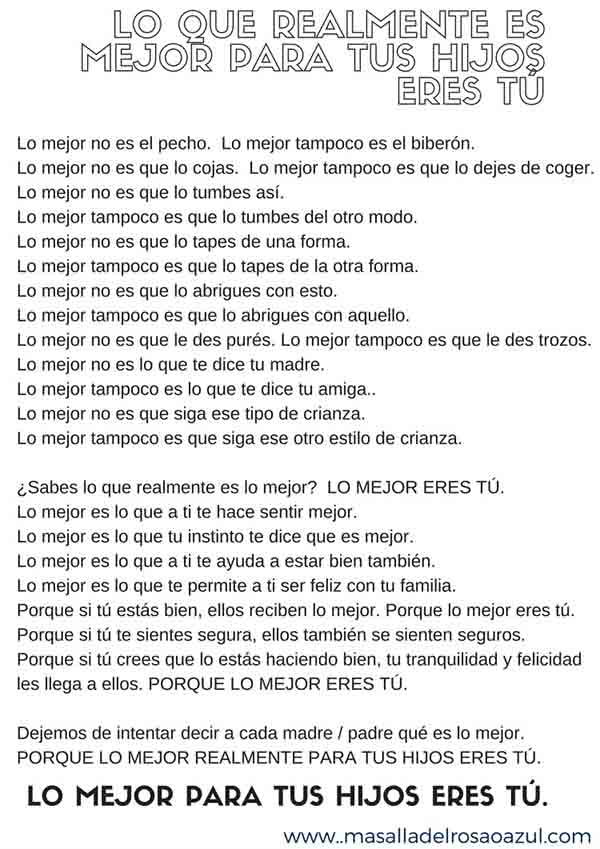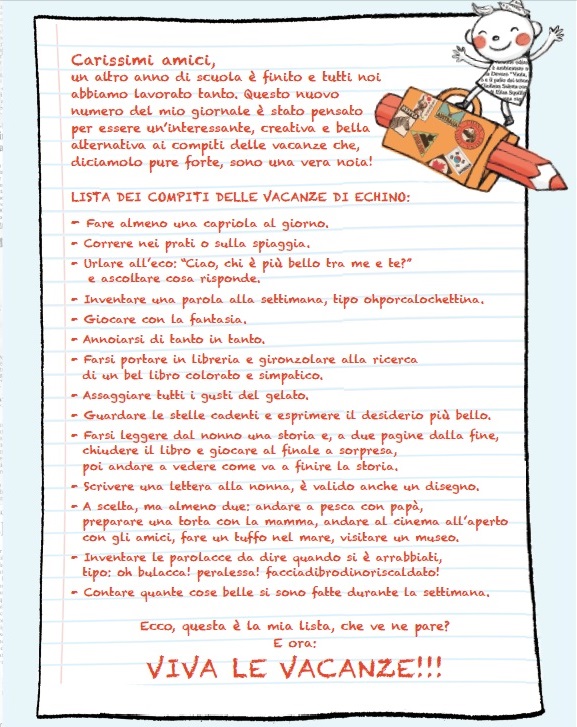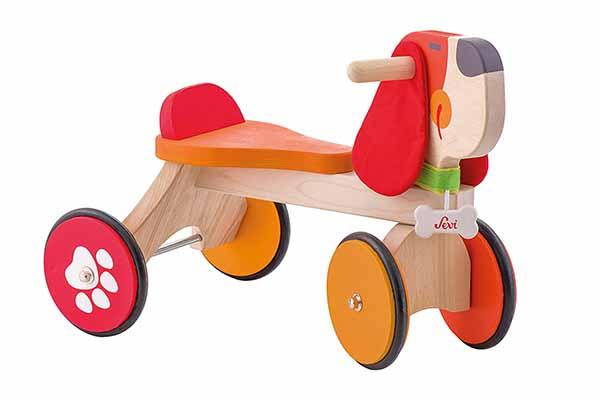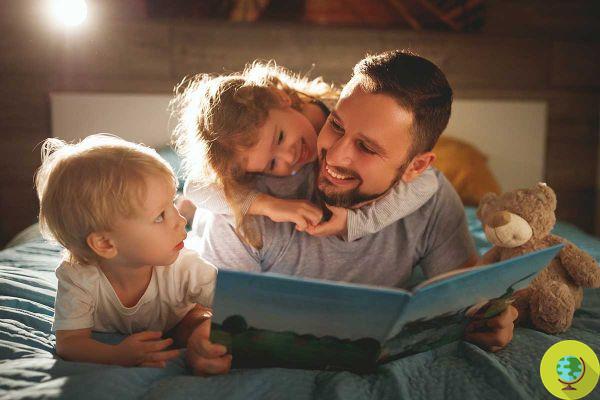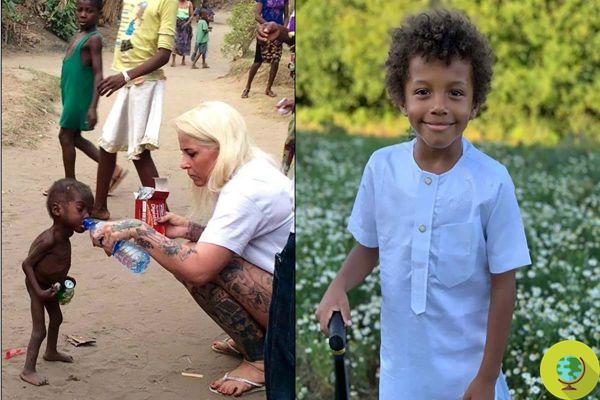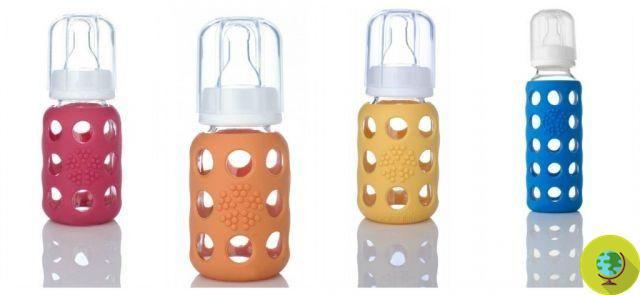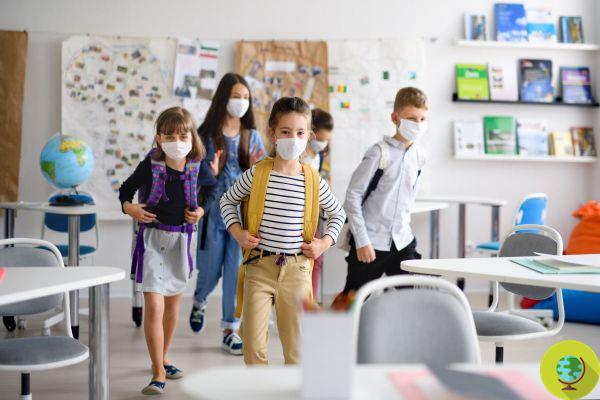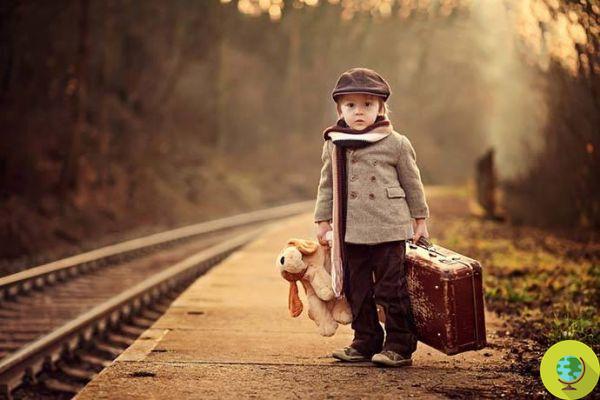
The train analogy tells us about our emotions, how we deal with them and go through them. We adults often try to avoid them, to mitigate them if it is anger or fear and we tend to teach our children the same. On the other hand, it would be important to learn from an early age to go through their own emotional tunnels thus becoming stronger.
Don't store avocado like this: it's dangerous
Ltrain analogy it talks to us about our emotions, how we face and go through them. We adults often try to avoid them, to mitigate them if it is anger or fear and we tend to teach our children the same. It would be important instead to learn from childhood ad go through your own emotional tunnels thus becoming stronger.
Emotions: beautiful, sudden but in some cases also painful and difficult to manage, especially for the little ones. But what does a train have to do with it when we talk about negative emotions such as anger, fear, despair, frustration, etc.? His journey between dark and light is a beautiful metaphor that makes us understand the importance of following our emotional path, facing it with courage and encouraging children to do the same, offering them all the necessary support.
The train analogy
Imagine a train traveling its route on the tracks and at some point having to go through a long and dark tunnel. Will he do it with courage or will he avoid it by stopping or changing his way out of fear of what may be inside and of the fact that there is no light? The train has no choice, it must go through it, but the way in which you face this difficult moment can make a difference.
Fear, anger, loss, many different emotions can represent for us that dark tunnel that puts us in crisis. Basically, difficult feelings are many tunnels and we and our children are the trains that have to go through them.
While we walk them, to reassure ourselves we can think that at the end of the darkness there is a very comfortable light but obviously this is easier said than done and in some cases we have the same fear and we avoid them as much as possible or we hurry to walk them or still we close our eyes and pretend to be elsewhere.
All this obviously also happens to the little ones who most of the time cry to express their emotions. The problem is that parents often try to intercept their children on their journey through these emotional tunnels. If we see our children struggling and feeling bad as sad, fearful, or angry, we try to alleviate their suffering, but we don't always do it right.
We try to preserve them from negative emotions giving concrete help but this may not be a good idea when the little ones are struggling with a difficult feeling (sadness, anger, fear, embarrassment, loneliness, guilt). We explain to them that they are exaggerating and reassure them that we already know that everything will turn out for the best in the end.
But are we really helping him? At the moment probably yes but in the long run we distance them from their emotions and we may find for example that this way of acting actually reassures us more and relieves us from the discomfort of seeing them afraid, sad or angry.
Often, if we look closely, we parents are the ones who want the crying of babies to stop as quickly as possible, not them.
Go through the tunnel
In many cases, forced to go through the tunnel of our emotions, to avoid thinking too much and making sure to distract ourselves during the most difficult part of the path, we do something completely different: we eat, drink, read, watch TV, etc.
But none of these things allow us to get out of the tunnel. It is only when we indulge in our emotions by screaming, crying and "feeling" what we are feeling that we suddenly have the opportunity to get better.
The same goes for our children. We cannot teach them that there is a secret exit when in reality it does not exist. There is no way out of one's emotions other than through them and our task is precisely to guide them along this path.
So what can we do concretely in times of crisis? Sit next to them, hold their hand, caress them and hug them. In short, stay close to them and support them gently without rushing them, without trying to solve the problem, without finding palliatives or trying to belittle what they feel. In this way, in fact, the message would pass that the pain or discomfort they feel is not justified and that their emotions may not even be taken seriously.
Instead it is exactly the opposite, the emotions must be lived and felt and children must have the opportunity to go through their own emotional tunnels in order to avoid getting stuck in them, learning to get out of it alone even if always "accompanied" and supported by their parents.
Once out of the tunnel and with a cool head, it will also be easier to find solutions to the problem that has arisen and that has triggered the turmoil of emotions.
So… the next time your child is deeply frustrated, angry or upset, remember the train analogy and give them the opportunity to get through their emotions as best they can!
On children's emotions, you may also be interested in:
- How to help children to better express and manage emotions
- 20 Montessori tips to prevent anger and manage tantrums
- Inside Out: how to improve our life starting from the 5 primary emotions




